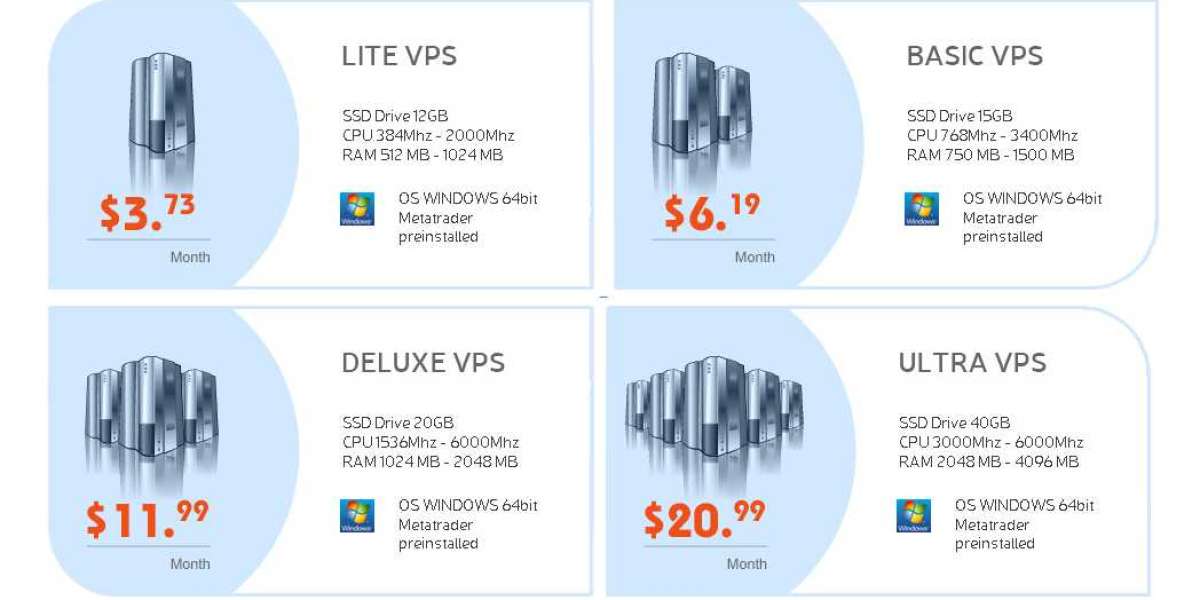The Simple S/R Price Action Strategy has proven its effectiveness in real trading scenarios.
Let's explore a few trade examples to see how it works in practice:
- EUR/GBP Trade: On April 10, 2011, a short-term countertrend trade opportunity emerged. The price broke above a resistance level but was rejected back below it, forming a pin bar candle. A pending stop order with tighter stops was placed, and the trade was filled at a lower price. The target profit was set at the second hourly rising trendline. The trade yielded a net pip amount of 40 and a 2.66 percent yield on equity.
- EUR/USD Trade: On May 4, 2011, a trending trade opportunity was spotted. The price broke a key resistance level, and the trader entered a long market order above the round number. The target profit was set just below the 138.2 percent Fibonacci extension. The trade was closely monitored, and partial profits were taken along the way. The trade resulted in a 1:3.5 risk-to-reward ratio and a 7 percent return on equity.
- NZD/USD Trade: On April 27, 2011, a classic setup pattern was observed. The price had a previous trending phase and then entered an accumulation period. A buy stop order was placed above the round number, and the trade was triggered. The target profit was set just below the 138.2 percent Fibonacci extension. The trade lasted 17 hours and yielded a 1:4.66 risk-to-reward ratio and a 9.32 percent return on equity.
These examples demonstrate how the Simple S/R Price Action Strategy can be applied effectively in various market conditions, providing traders with clear entry and exit points and favorable risk-to-reward ratios. Traders should use this strategy as part of a comprehensive trading plan and apply proper risk management principles to achieve consistent success in the forex market.



